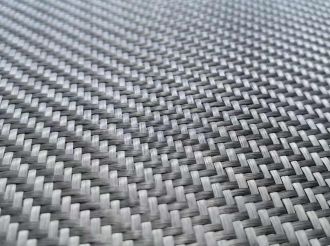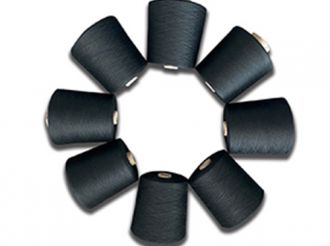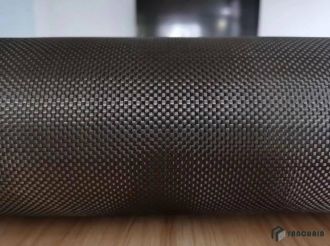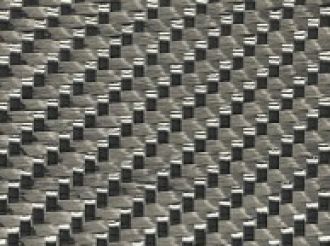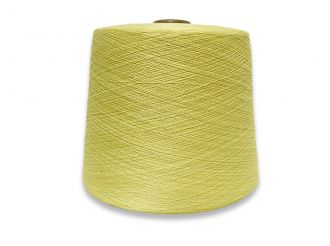Mi a modulus és a nagy modulusú szénszál alkalmazása a repülőgépben?
- 2022-04-04
A szénszálat széles körben használják a repülőgép területén. Az alkatrészek tekintetében a szénszál egy általános kifejezés olyan száltípusra, amelynek széntartalma meghaladja a 95% -ot, amely nagyon magas fajlagos modulussal és fajlagos szilárdsággal rendelkezik. Közülük a nagy szilárdságú szénszál nagy szilárdságú (szilárdság nagyobb, mint 4,5GPa) és mérsékelt modulusú szálakra utal (modulus általában 230GPa-tól 310GPa), míg a nagy modulusú szénszál több mint 98% széntartalmú és modulus legalább 370GPa, de az erősség általában alacsony. Ha nincs fogalma a modulusról és az erősségről, akkor így érthető meg: egy azonos vastagságú bot, mindkét oldalon vízszintesen rögzítve, középen lóg a súly, ebben az időben a bot közepe lehajlik. Ugyanazért a súlyért, minél nagyobb a bot modulus, annál kevésbé hajlik le a bot. Hogyan értsük meg az erőt? Ez még mindig ez a bot, a súly középen 50 kg, és a bot törött. Ezután 50 kg osztva a bot keresztmetszetével a bot erőssége.
Erősebb anyagok?
A szerkezeti anyagok esetében ez nem olyan egyszerű. Például, ha egy épületet hosszú ideig használnak, és néhány gerendát és oszlopot megsérülnek, az épület merevsége gyenge lesz, és a merevség itt megfelel a modulusnak. Ha egy szerkezet merevsége gyenge, ugyanazon külső rezgés alatt, a tárgy rezonancia frekvenciája alacsonyabb lesz, így könnyű rezonálni a külső rezgésforrással, és a rezonancia rezgése bizonyos mértékben káros. Az épület merevségének javítása érdekében viszonylag egyszerű módszer az oszlopok megerősítése, megvastagítása és a merevség növelése.
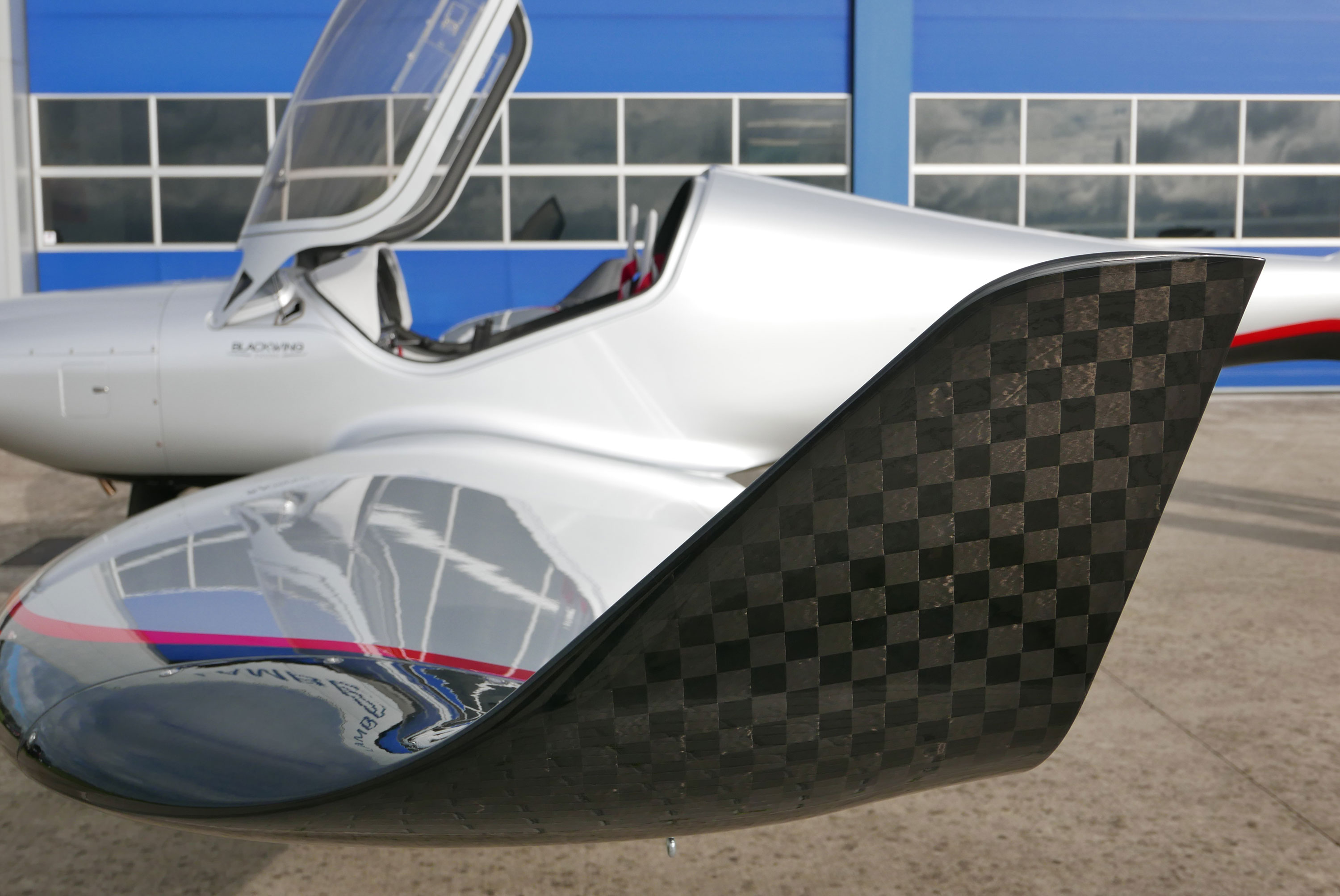
Ugyanez igaz a repülőgépjárművekre is.
In order to make missiles, rockets, and drones reach their targets accurately and stably, it is necessary to ensure the stability of the aircraft during flight. That is to say, "the body must be rigid." So, how to solve it? One of the methods is to make the structure thicker, and the material of the projectile body should be selected with high modulus and thick material, so that the resistance to deformation is strong. However, spacecraft are required to be lightweight, which is a contradiction. At this time, it is necessary to choose light and strong materials, such as carbon fiber powder. At present, many models still use high-strength carbon fiber, that is, carbon fiber with high strength and low modulus. Because this type of carbon fiber can meet the design requirements. However, in some cases, high-strength carbon fibers have excess strength and insufficient modulus. For example, large aspect ratio wings and space vehicle support structures all have one thing in common. The slenderness ratio of the structure is very high, and it is easy to vibrate when it is disturbed during flight. When the frequency of vibration is close to the natural frequency of the structure, the Resonance will occur, which will obviously affect the stability of the aircraft. In order to limit the resonance, it is necessary to increase the low-order natural frequency of the structure, so that no or less resonance occurs during the flight. In order to increase the natural frequency, it is necessary to increase the stiffness of the structure. These applications therefore place very high demands on structural rigidity, as well as stringent weight and volume constraints. At this time, structural designers will "invite" high-modulus carbon fiber to appear. By using high-modulus carbon fiber, the rigidity of the structure can be improved while ensuring the strength under the limited structural weight, making the aircraft more stable. Therefore, we can say that it is the high-modulus carbon fiber that gives the spacecraft its "steel bones".
